Description
What is a BNC Connector?
The BNC connector (an initialism of “Bayonet Neill–Concelman”) is a miniature quick connect/disconnect radio frequency connector used for coaxial cable.
BNC connector
The BNC connector is the connector between the wire and the camera when the camera equipment is output in the monitoring project. A special display interface is different from the ordinary 15-pin D-SUB standard connector.
It consists of RGB three primary color signals and five independent signal connectors for horizontal synchronization and vertical synchronization.
Introduction
Mainly used to connect workstations and other systems that require high scanning frequency. The BNC connector can isolate the video input signal, and reduce the interference between the signals and the signal bandwidth is larger than that of the ordinary D-SUB, which can achieve the best signal response effect.
A BNC connector is a connector used for coaxial cables. The full name is Bayonet Nut Connector (Bayonet Nut Connector, this name vividly describes the shape of this connector), also known as British Naval Connector (British Naval Connector, It may be the first use of this joint in the British Navy) or Bayonet Neill Counselman (Neill Counselman bayonet, this joint was invented by a man named Neill Counselman).
The BNC connector has not been eliminated so far, because the coaxial cable is a shielded cable with the advantages of long transmission distance and stable signal.
At present, it is also widely used in communication systems. For example, the E1 interface in network equipment is connected by two coaxial cables with BNC connectors. It is often used to transmit audio and video signals in high-end monitors and audio equipment.
It was only 10Base-2 Ethernet that was eliminated. This kind of network uses 50-ohm RG-58A/U coaxial cable with a rate of 10Mb. The bus-type network is inconvenient to maintain. So now the BNC interface network card that builds this kind of network has also been eliminated.
The purpose of the BNC connector
BNC interface user signal connection, such as magic and serial digital interface video signal, amateur radio antenna, and avionics test equipment.
C&T RF Antennas Inc provides internal & external antennas with antenna radio frequencies such as NFC, 169MHz, 230MHz, 315MHz, 433MHz, 868MHz, 915MHz, VHF&UHF, Lora, NB-IoT, ADS-B, GSM, GNSS, GPRS, 1.2 GHz, 1.4 GHz, 1.8 GHz, Wi-Fi 2.4 GHz, 5.8 GHz, Cellular 2G, 3G, 3.5 GHz, 4G LTE, GPS, 5G NR, 6G, etc.
C&T RF Antennas Inc. provides RF antennae with Omni & Directional antenna types such as Dipole Antennas, Whip Antennas, Marine Antennas, Router Antennas, MIMO Antennas, Combo Antennas, PCB Antennas, FPC Antennas, Spring Antennas, Magnetic Antennas, Sector Antennas, Yagi Antennas, and Accessories, etc, for IoT & M2M industries.
Contact us for more details on the BNC connectors.
| Item NO.: CTRF-CN-BNC-Male
Key Specifications of the BNC Male coaxial cable connector |
|
| Connector Series | BNC |
| Connector Gender | Male |
| Connector Polarity | Standard |
| Connector Angle | Straight |
| Connector Mount Method | None |
| Connector Impedance | 50Ohms |
| Frequency | DC 0-4Ghz |
| V.S.W.R | ≤1.3 |
| Voltage Breakdown | DC1000V/50Hz |
| Insertion Loss | ≤0.1dB/GHz |
| Insulation Resistance | ≥5000MΩ |
| Contact Resistance | Shell≤1mΩ; Center Pin≤2.5mΩ |
| Engagement Force & Separation Force | Center Pin ≥30g |
| Mating Cycles | >500 |
| Operation Temperature | -40℃~+65℃ |
| Storage Temperature | -40℃~+80℃ |
| Junction Retention | ≥8KG |
| Color | Nickel |
C&T RF Antennas Inc. BNC connectors for the most popular and widely used miniature-size connectors for coaxial cables. The 75 Ohm BNC connectors from C&T RF are ideal for Broadcast applications – meeting the industry’s stringent HDTV standards.
The BNC coax connector is one of the most widely used RF connectors today. It is very easy and convenient to use and offers a very high level of performance.
The BNC connector is used on test equipment for everything from oscilloscopes to audio generators, and power meters to function generators. In fact, BNC connectors are used in applications where the coaxial or screened cable is required, particularly for RF applications.
The BNC connector has many attributes. One of its chief mechanical attributes is that it uses a bayonet fixing. This is particularly useful because it prevents accidental disconnection if the cable is pulled slightly or repeatedly moved.
The BNC is also what is termed a constant impedance connector. This means that it has the same characteristic impedance across the whole of the connector. Coax cable has what is called a characteristic impedance.
Accordingly, any RF signals traveling along a coax cable will not see any impedance changes as they pass through the BNC connector. This is particularly important for RF applications as it will result in a few reflections and a lower level of loss.
50 Ohm vs. 75 Ohm BNC Connectors
Traditional 50 Ohm BNC connectors that are installed on 75 Ohm coaxial video cables cause digital signal distortion which results in digital transmission errors.
The mechanical differences between the two types of connectors are the dielectric insulators and center pins. The 75 Ohm connector employs Teflon as a dielectric and air around its outer spring fingers as compared to Delrin surrounding the spring fingers of the 50 Ohm type.
Also, the 75 Ohm connector’s center pin has the same diameter in the front and rear areas where the pin is crimped to the cable’s center conductor; the 50 Ohm connector’s pin has a larger diameter in the crimp area. Therefore, different crimp tools are required for two types of center pins.
However, both types of connectors mate mechanically without physical damage. Nevertheless, the 50-ohm connector is adequate for analog video applications.

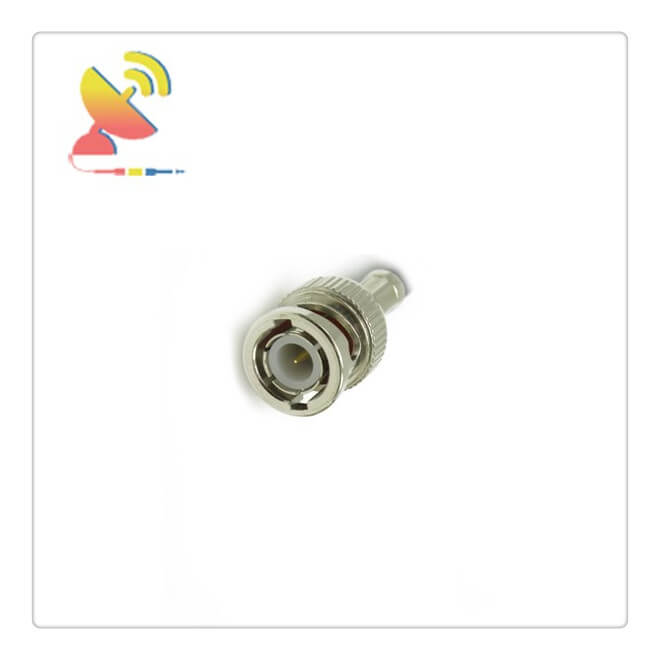
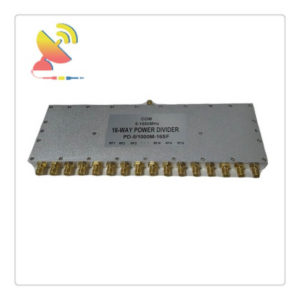
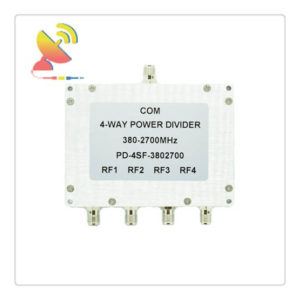
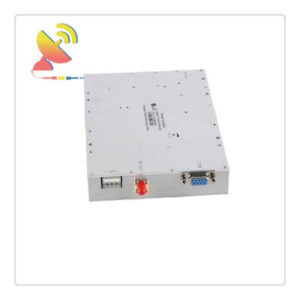
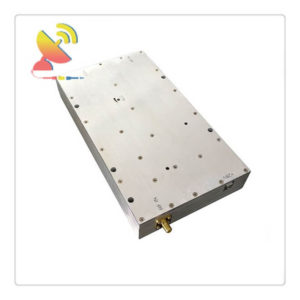
Reviews
There are no reviews yet.